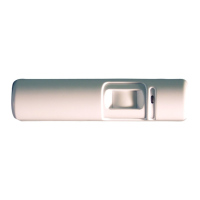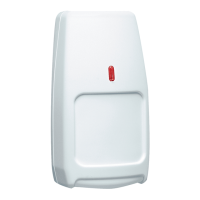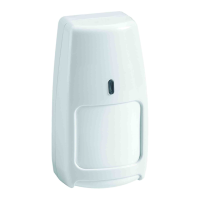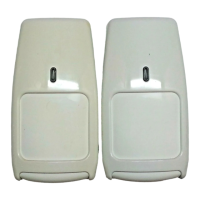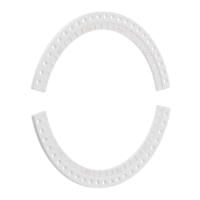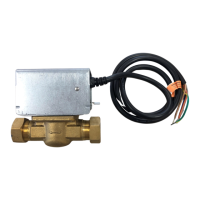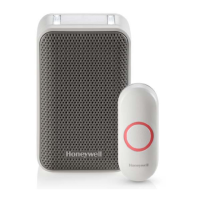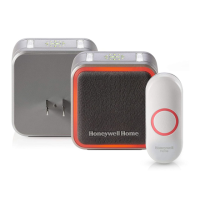Flashlight Feature:
1. Use a flashlight with a bright light beam, and stand within 1.2 m (4’) of the
sensor.
2. Swing past the lights beam across the sensor IR window 3-5 times, holding
the beam on the window for 0.5 second each pass.
The flashlight feature is only available for the first 24 hours after the first power up.
REMOTE LED ENABLE (LED INPUT)
The LED input terminal allows the LED to be
remotely enabled. To use this feature, the
LED DIP switch (switch 2) must be OFF,
allowing the LED to operate based on the voltage level
connected to the LED Input (see Wiring Details).
ON Low (0 V) or High (+12 V) Enabled
RELAY OPERATION
1
For information on Trouble conditions, see the Troubleshooting section.
2
In a Mask condition, the Alarm and Trouble relays will activate simultaneously,
and remain open until the condition has been cleared.
3
In a Trouble condition, the Trouble relay will latch open until the Trouble
condition has been cleared.
MASK CONDITION
Normal Anti-Mask Condition
The sensor uses Active Infrared (AIR) technology to detect
masking. The sensor signals a mask condition when a variety
of materials and reflective objects are placed within 50mm (2
inches) in front of the sensor. To avoid false mask alarms,
follow the mounting guidelines shown in Step 1.
Clearing an Anti-Mask Condition
When most masking materials or objects are removed, the
anti-mask condition will be cleared after several seconds.
When the cause of the anti-mask condition is any type of spray
or paint coating applied to the window, the window must be
replaced before the anti-mask condition can be cleared. After
replacing the window, perform a walk test on the sensor.
TROUBLESHOOTING
*TROUBLE CONDITIONS:
1
Mask condition: Sensor IR window is blocked or masked.
2
Low Voltage: The sensor is disabled. [Note: If voltage drops below 5V, both
Alarm and Trouble relays open.]
3
Self-Test Failure conditions:
• PIR self-test failure: The sensor is disabled.
• Temperature compensation failure: The temperature compensation is
disabled.
Depending on the Trouble condition, take the following corrective actions:
• Verify the sensor is not blocked or masked.
• Verify the power supply is sufficient (at least 9V at the sensor).
• Cycle power to the sensor.
• Walk test the sensor.
If the Trouble condition does not clear, replace the sensor.
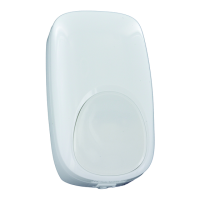
